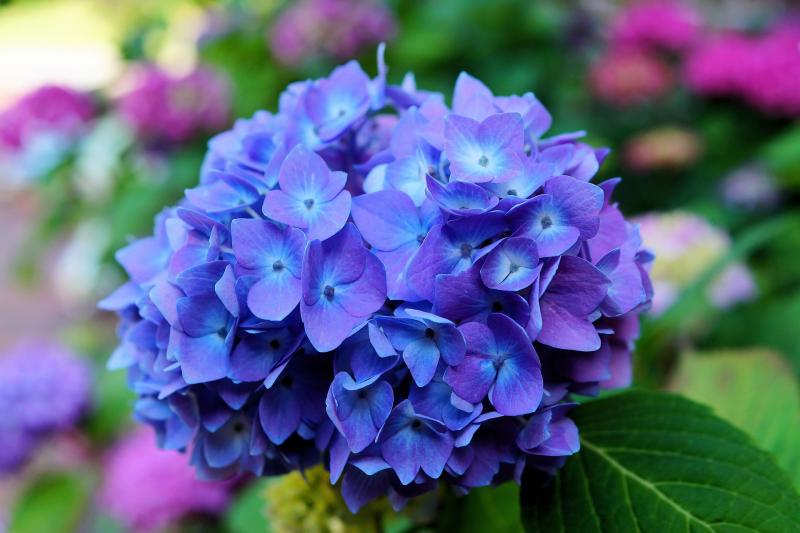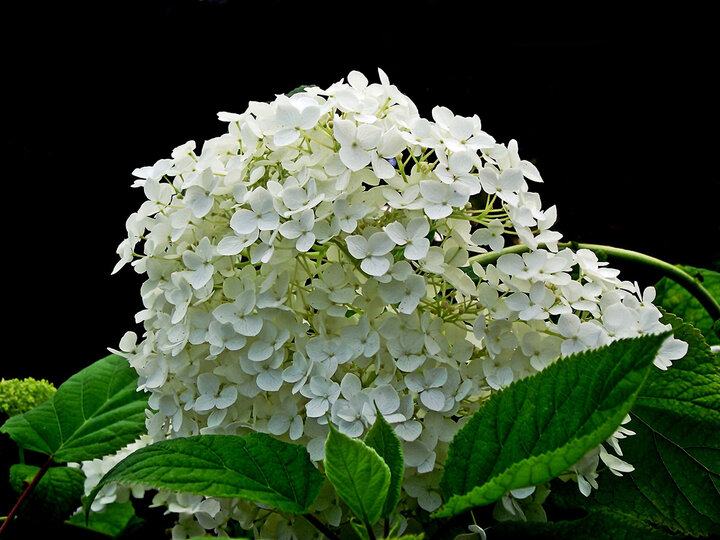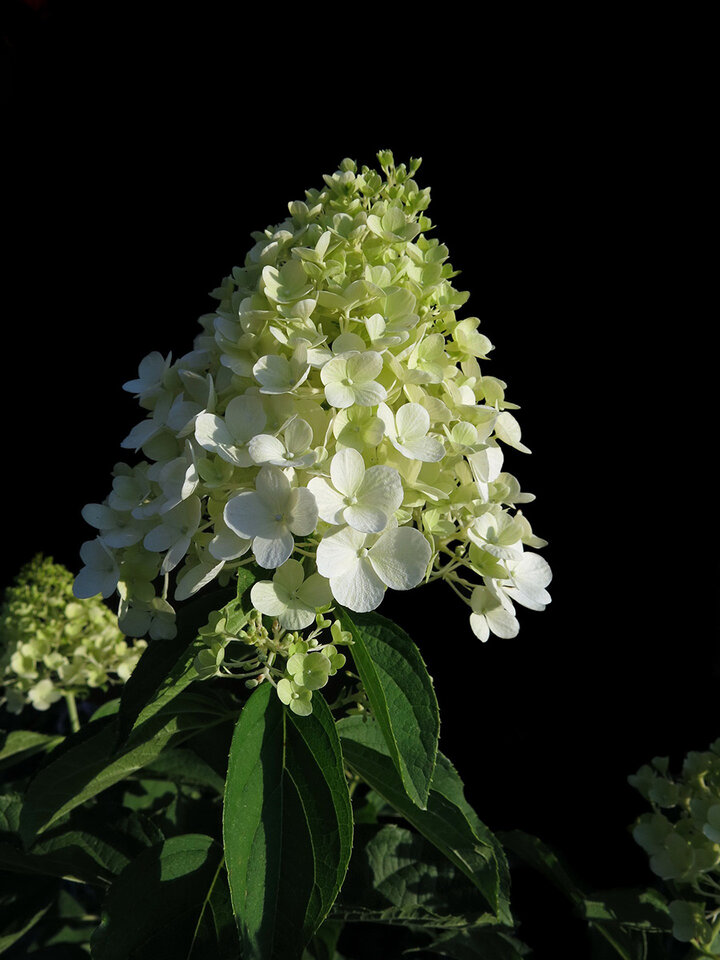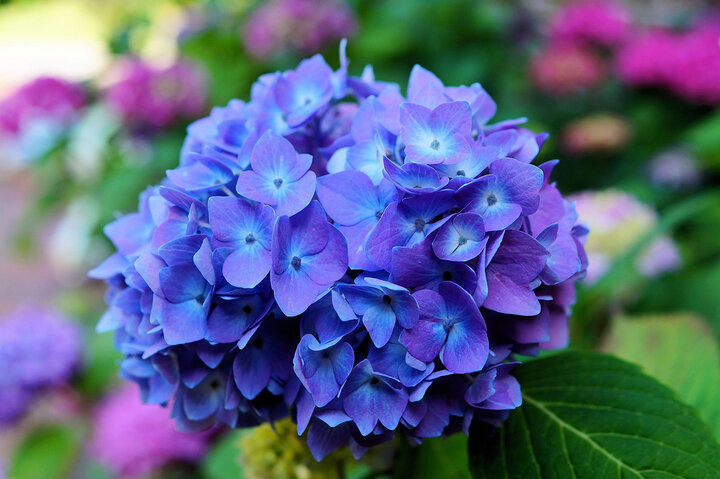Sarah Browning, Nebraska Extension Educator

Pruning Hydrangeas, a beautiful perennial shrub. Image by Pixabay.
“How do I prune my hydrangea?”
This is a common question from gardeners each spring. No wonder it’s confusing - there are several hydrangeas species commonly grown by Nebraska gardeners, with a different pruning strategy and timing for each. But which pruning method should be used on your plants?
The first step is knowing which of the four main hydrangea species you are growing. Below is a quick description of each species and the main characteristic used to distinguish it from the others.
Which Hydrangea Do You Have?

Panicled hydrangea, H. paniculata, has large cone-shaped or conical flower clusters, in either white, green or light pink. It’s very hardy, Zone 3, but unlike smooth hydrangea, plants produce woody stems which persist from year to year. Unpruned it is a large coarse-textured shrub.
Oakleaf hydrangea, H. quercifolia, is a woody shrub with white or greenish flowers. Unlike the toothed oval leaves of other hydrangea species, oakleaf has 3 to 7 deep lobes in each leaf.
Bigleaf hydrangea, H. macrophylla,typically produces large pink or blue flowers. Bigleaf hydrangea flowers may be either lacecap or the full-clustered Hortensia type. The big problem for Nebraska gardeners is that bigleaf hydrangeas are less winter hardy than smooth or panicled hydrangea. Plants grow best from Zone 6 to 9. Under Nebraska’s Zone 5a or 5b conditions, plants must be located in protected locations, with good soil and water, to survive and thrive. In recent years, some bigleaf hydrangeas have been introduced with increased cold tolerance, but unfortunately flower buds and leaf buds can have varying levels of cold tolerance. In some years, leaf buds may survive while flower buds succumb to the cold.
Pruning
Now that you’ve identified your hydrangea, how should it be pruned?
Smooth hydrangea is easy – simply cut all the stems down to the crown in either fall or spring before new growth begins. These old stems are completely dead and will not grow again. All the new growth develops from the crown.


Bigleaf hydrangea blooms on old wood. Flower buds develop during fall of the previous year, so fall or spring pruning will ruin your early summer flower show. Wait until June or July, immediately after the plants have bloomed. Generally, bigleaf hydrangeas don’t need much pruning anyway – just a little shaping.
Pruning your smooth, panicled and oakleaf hydrangeas is a good task for a warm sunny spring day, when you just have to get out in the garden, but it’s still too cold or wet for other jobs.
If you make a mistake and prune bigleaf hydrangea at the wrong time, don’t worry. You won’t kill your plants, you just won’t have many flowers to enjoy until next year. Plants can be very forgiving!
Images from Pixabay.
Search Our Archive
Associated Video
Hydrangea Management
Nebraska Extension Landscape Horticulture Specialist Kim Todd talks about the importance of good hydrangea management.